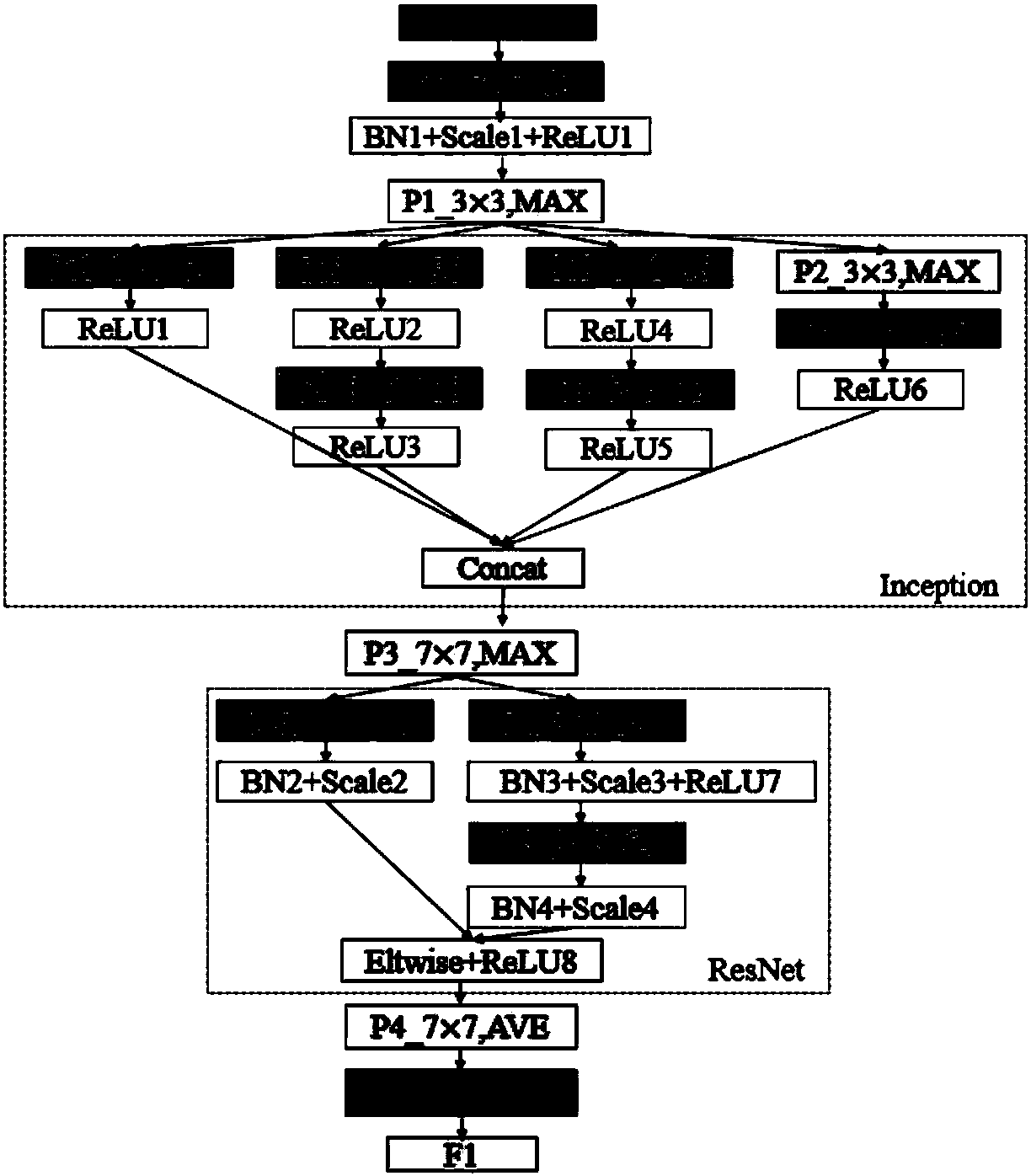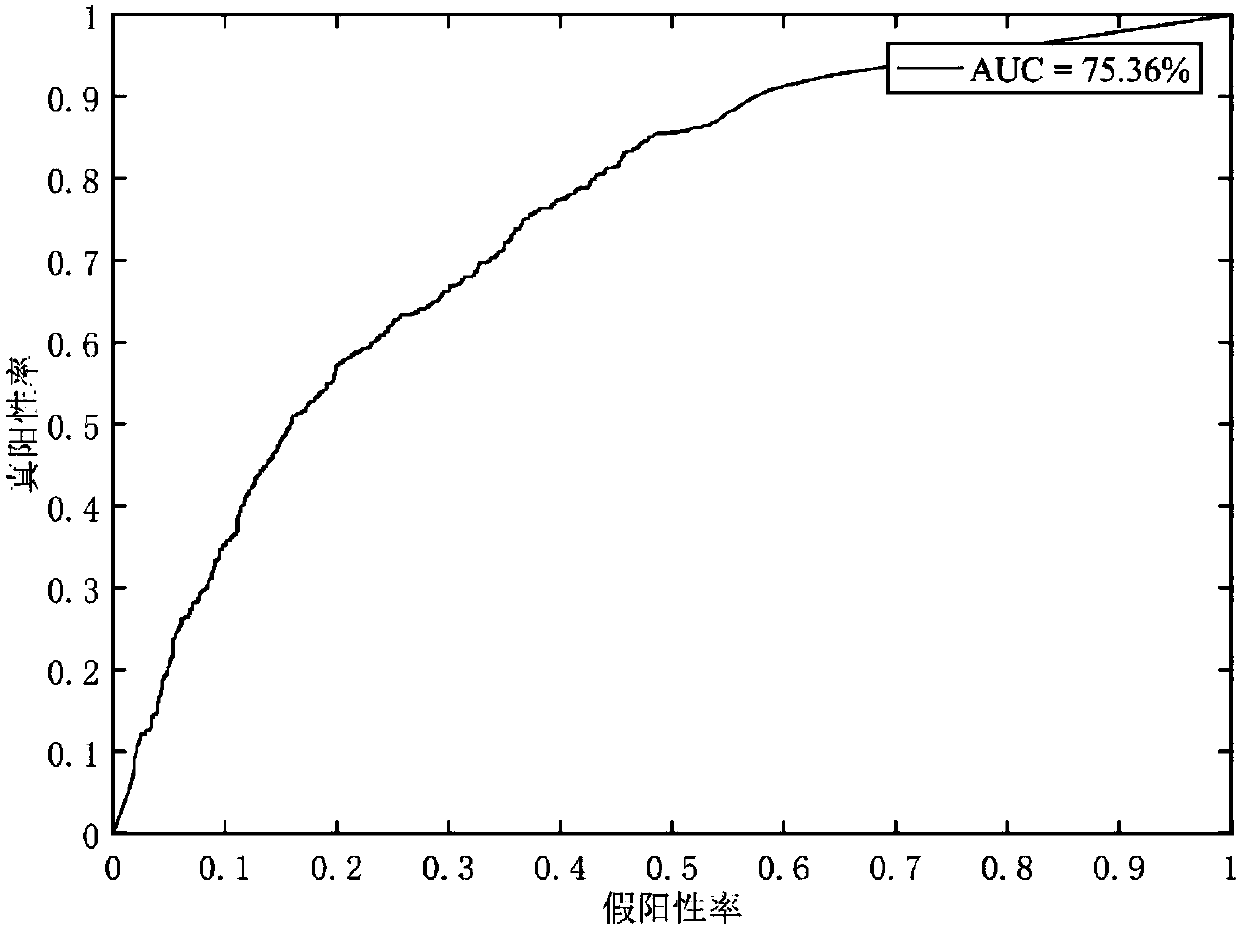Sarcoidosis benign and malignant prediction method based on ResNet-Inception model
A prediction method and technology of pulmonary nodules, applied in the field of medical image processing, can solve problems such as insufficient robustness and local areas
- Summary
- Abstract
- Description
- Claims
- Application Information
AI Technical Summary
Problems solved by technology
Method used
Image
Examples
Embodiment Construction
[0028] The specific embodiments of the present invention will be described in detail below in conjunction with the accompanying drawings.
[0029] A method for predicting benign and malignant pulmonary nodules based on the ResNet-Inception model, such as figure 1 shown, including the following steps:
[0030] Step 1: Acquire labeled pulmonary nodule images of known pulmonary nodule regions, preprocess the labeled pulmonary nodule images, and obtain training image datasets, verification image datasets, and predicted image datasets.
[0031] Step 1.1: Obtain a labeled pulmonary nodule image of a known pulmonary nodule region, perform nodule region segmentation on the labeled pulmonary nodule image, and perform cropping to obtain a cropped pulmonary nodule image.
[0032] In this embodiment, 700 labeled pulmonary nodule images of known pulmonary nodule regions are obtained from the Lung Image Database Consortium (LIDC-IDRI). According to the real labels of four radiologists, th...
PUM
 Login to View More
Login to View More Abstract
Description
Claims
Application Information
 Login to View More
Login to View More - R&D
- Intellectual Property
- Life Sciences
- Materials
- Tech Scout
- Unparalleled Data Quality
- Higher Quality Content
- 60% Fewer Hallucinations
Browse by: Latest US Patents, China's latest patents, Technical Efficacy Thesaurus, Application Domain, Technology Topic, Popular Technical Reports.
© 2025 PatSnap. All rights reserved.Legal|Privacy policy|Modern Slavery Act Transparency Statement|Sitemap|About US| Contact US: help@patsnap.com



